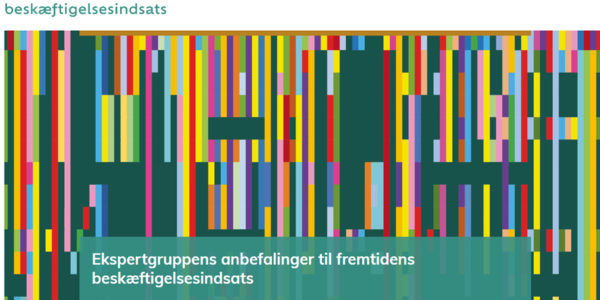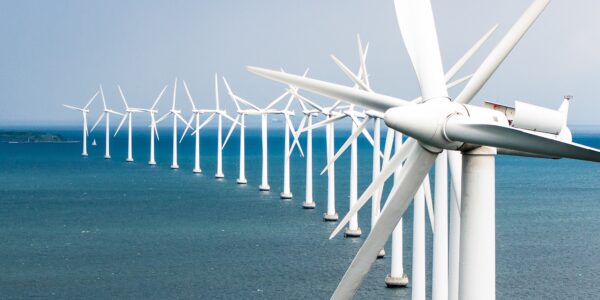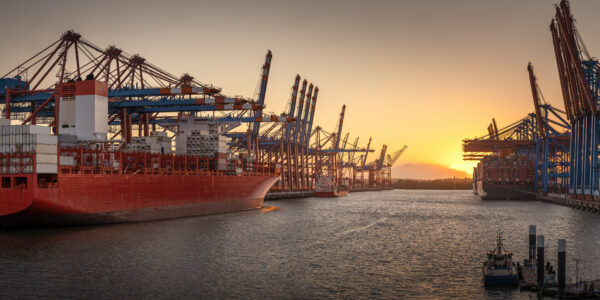COST-BENEFIT ANALYSES
Resources are scarce and many good projects are competing for the same funding. Therefore, prioritisation between different projects must be on a solid, informed basis. Cost-benefit analyses systematically identify the impacts of different projects and thus significantly improve decision-making.
Cost-benefit analyses are common in the transport and energy area, but they can be applied to almost any area. We use recognised methodologies, and our cost-benefit analyses follow the guidelines from the Danish Ministry of Finance. We also have experience with cost-benefit analyses in areas in which this type of analysis is new. For example, employment and social welfare.
Among other things, we help our clients find answers to the following:
- What are the socio-economic impacts of new initiatives?
- What are the wider economic impacts of new initiatives for businesses and industry?
- What are the environmental and business potentials of changing legislation?
- What is the cost-effectiveness of the individual initiative?

ESBEN ANTON SCHULTZ
PARTNER, PH.D. (ECONOMICS)
RELATED PUBLICATIONS
Kortlægning af tids- og ressourceforbrug i jobcentre
I 2023 nedsatte regeringen en ekspertgruppe med opgaven at komme med anbefalinger til fremtidens beskæftigelsesindsats. Som en del af dette arbejde har HBS Economics, i samarbejde med BDO, gennemført en omfattende kortlægning af tids- og ressourceforbrug i danske jobcentre. … Read more
Efterspørgsel efter grønne kompetencer på det danske arbejdsmarked 2024
I HBS Economics har vi udviklet en model, der identificerer grønne kompetencer i online jobopslag. Modellen baserer sig på vores jobopslagsdatabase, HBS Jobintel, og giver os således mulighed for at identificere udviklingen i den grønne kompetenceefterspørgsel i Danmark. Det er … Read more
Joballiancens særligt tilrettelagte beskæftigelsesindsats
For unge med særlige behov er vejen til uddannelse og beskæftigelse udfordret. Foreningsfællesskabet Ligeværd har med Joballiancen udviklet en ny model, der forbedrer arbejdsmarkedstilknytningen for unge, som gennemfører en særligt tilrettelagt ungdomsuddannelse (stu). I denne analyse undersøger vi de økonomiske … Read more
Potentialer og konsekvenser ved alternativer til Yderhavnen (in Danish)
HBS Economics har i forbindelse med det foreslåede Yderhavnsprojekt på Aarhus Havn afdækket potentialer og konsekvenser ved fire konkrete alternativer til Yderhavnen. Det drejer sig om alternativerne: Bedre udnyttelse af eksisterende arealer på Aarhus Havn Etablering af tørhavn ved Framlev … Read more
Effektevaluering af seks ugers jobrettet uddannelse (in Danish)
HBS Economics har foretaget en effektevaluering af ordningen, der giver ret til seks ugers jobrettet uddannelse for udvalgte dagpengemodtagere. Effektevalueringen er baseret på et matching-design, hvor deltagere i ordningen sammenlignes med en kontrolgruppe. Grupperne sammenlignes på en række effektmål, som … Read more
Revenue effects of introducing a one-off windfall tax in Denmark
To prevent energy companies to benefit extraordinarily from the increasing energy prices, a windfall tax can be implemented to tax extraordinary profits arising from external factors such as an energy shortage in Europe. In this report, HBS Economics examine the … Read more
Covid-19 policy responses and green recovery in the Nordic region
Since the winter of 2020, the spread of covid-19 has affected economic activity in the Nordic region. All the Nordic countries introduced fiscal policy measures to counteract the economic downturn and the negative effects the lockdown has on economic output … Read more
Evaluation of Flexuddannelsen
During the period 2017-2021, Glad Fonden (a Danish social enterprise) has developed and tested a new education where young people with cognitive disabilities acquire vocational skills, become more independent and obtain a closer attachment to the labour market. In Danish, … Read more
The economic potential of good hand hygiene
In this study, we investigate how good hand hygiene in the workplace can reduce sickness absence in Denmark and thereby increase the effective labour supply and create greater economic value. In this study, good hand hygiene is regular use of … Read more
Region Zealand to gain over DKK 1 bn. annually from the Fehmarn Belt Fixed Link
In 2029, the Fehmarn Belt Fixed Link will be completed. The link consists of a newly constructed tunnel for road and rail traffic between Rødby (Denmark) and Fehmarn (Germany), and an upgraded railway connection between Rødby and Copenhagen. The link … Read more
















